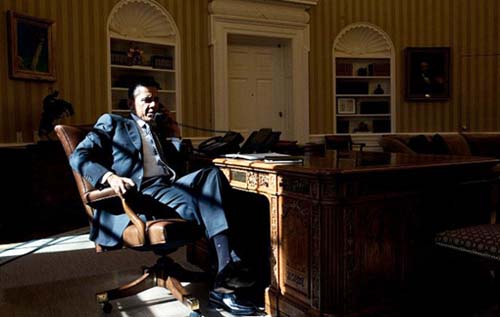In what is being viewed by some as a significant move towards greater transparency, President Obama has officially acknowledged for the first time previously secret US military combat operations in Yemen and Somalia.
The US military has been mounting aggressive combat operations in both countries for some years. Attacks began in Somalia in January 2007, and in Yemen in December 2009. The Bureau monitors operations in both nations, and its data suggests that as many as 180 combat strikes may have taken place in both countries. However until now the US would not even admit that such attacks occurred.
News of the surprise acknowledgment came in a letter from President Obama to Congress on the evening of June 15—a six monthly obligation under the War Powers Resolution passed in 1973, in which he is required to inform politicians about US military actions abroad. Obama openly described ‘direct action’—military operations—in both Yemen and Somalia.
The U.S. military has also been working closely with the Yemeni government to operationally dismantle and ultimately eliminate the terrorist threat posed by al-Qa’ida in the Arabian Peninsula (AQAP), the most active and dangerous affiliate of al-Qa’ida today. Our joint efforts have resulted in direct action against a limited number of AQAP operatives and senior leaders in that country who posed a terrorist threat to the United States and our interests.
There were similar references to operations in Somalia, with the president noting that in ‘a limited number of cases, the US military has taken direct action in Somalia against members of al-Qa’ida, including those who are also members of al-Shabaab, who are engaged in efforts to carry out terrorist attacks against the United States and our interests.’
Previously any such details were reported only in a confidential annex to the reports, with US officials refusing to confirm or deny even the existence of military strikes—an increasingly bizarre stance given the widespread reporting of such operations.
The Wall Street Journal noted that much of the impetus for the partial disclosure came from General Martin Dempsey, chairman of the Joint Chiefs of Staff.
His spokesman told the paper: ‘When U.S. military forces are involved in combat anywhere in the world, and information about those operations does not compromise national or operational security, Gen. Dempsey believes the American public should be kept appropriately informed.’
But the paper also noted that ‘officials said details about specific strikes in Yemen and Somalia would continue to be kept secret.’
Continued confusion
The Bureau is one of the few bodies to monitor secret US combat activity in the two countries. In Somalia, between 10 and 21 US strike operations have killed up to 169 people. And in Yemen, the Bureau has recorded 44 confirmed US attacks—with as many as 106 additional strikes. Total Yemen casualties are between 317 and 879 people killed. That range is necessarily broad because the Pentagon will presently not clarify whether attacks are the work of US or Yemeni forces.
The US military has variously used airstrikes, naval bombardments and cruise missile strikes in the two troubled nations. US military drone attacks only began in 2011. The CIA also operates its own drone fleet in Yemen—and those operations remain classified.
The unexpected move by Obama is the latest in a series of transparency moves by the administration. It came three days after 26 members of the US Congress wrote to the president raising serious concerns about the covert drone strike programme. The politicians—including two Republicans—wrote:
The implications of the use of drones for our national security are profound. They are faceless ambassadors that cause civilian deaths, and are frequently the only direct contact with Americans that the targeted communities have. They can generate powerful and enduring anti-American sentiment.
The American Civil Liberties Union, while welcoming Obama’s partial declassification of military strikes in Yemen and Somalia, called for further disclosure: ‘The public is entitled to more information about the legal standards that apply, the process by which they add names to the kill list, and the facts they rely on in order to justify targeted killings.’
Steve Aftergood of the Federation of American Scientists told the New York Times: ‘While any voluntary disclosure is welcome, this is not much of a breakthrough. The age of secret wars is over. They were never a secret to those on the receiving end.’
Originally published by The Bureau of Investigative Journalism.
Chris Woods is a journalist and democrat specialising in world affairs and conflict. He runs the drones/ US covert war project at TBIJ.



